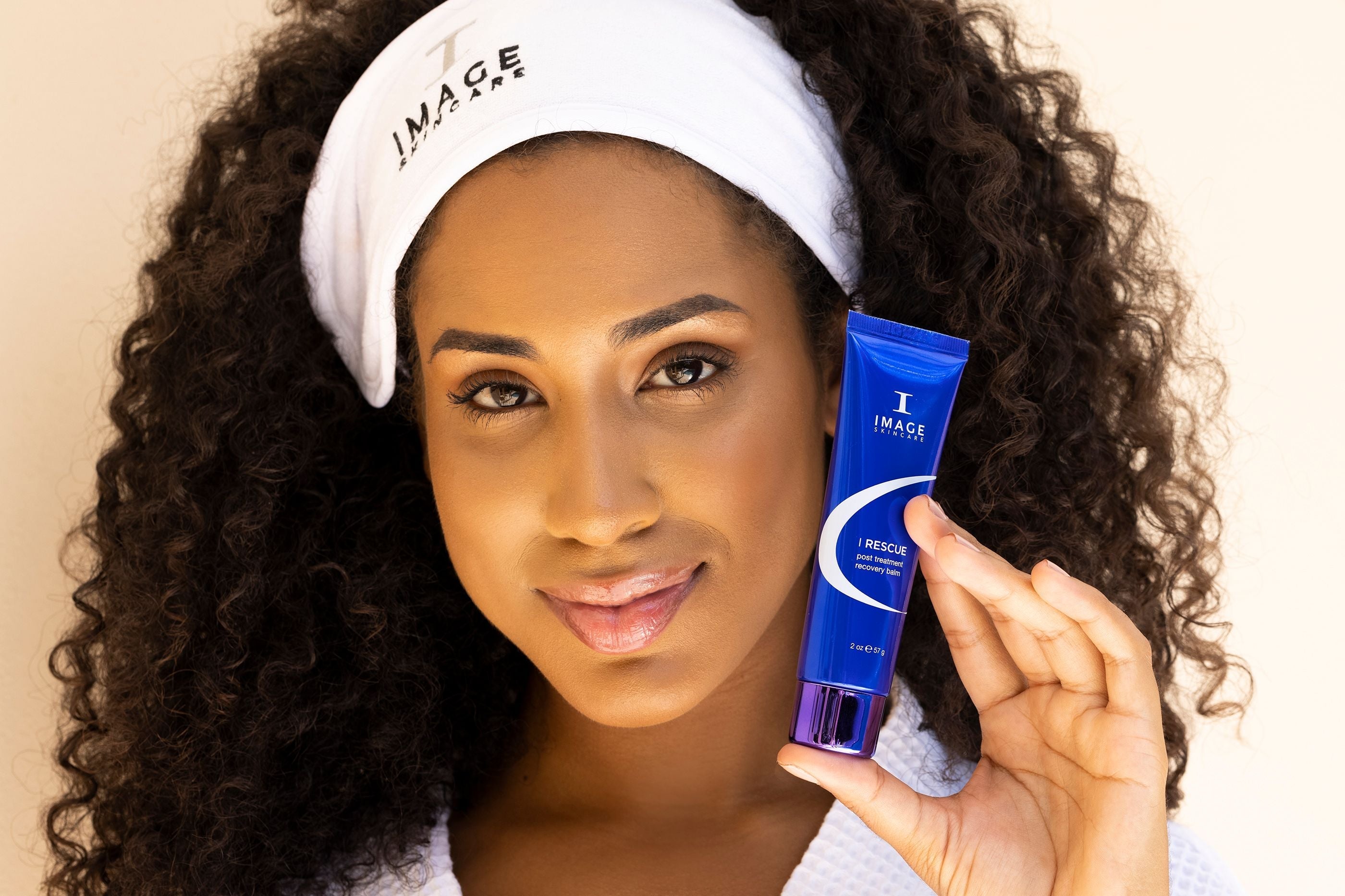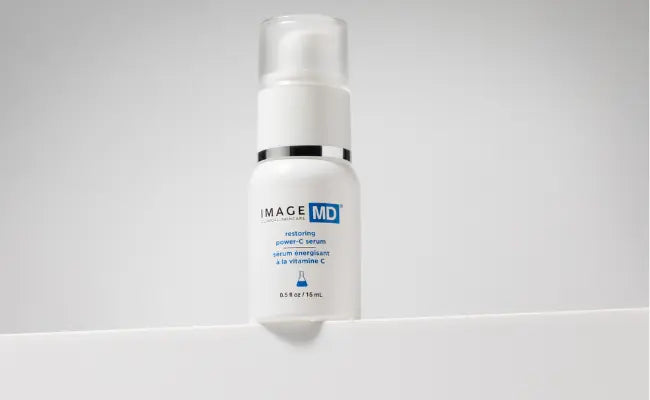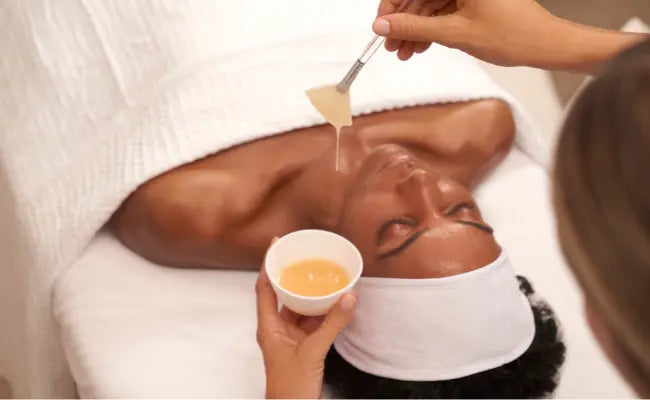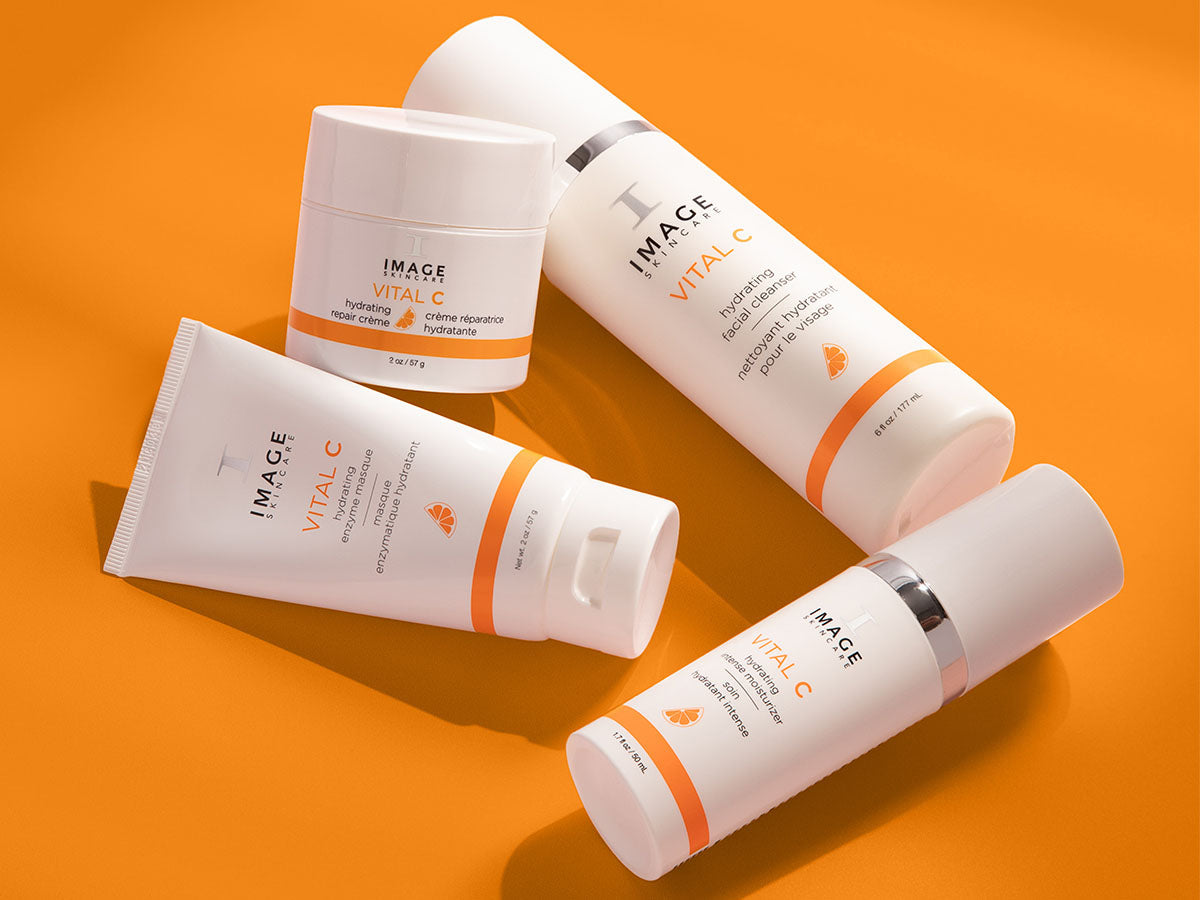
Chemical Peel Aftercare: Pro Tips, Dos & Don'ts
Understand the do’s and don'ts of chemical peel aftercare and how it can have positive or negative results on your skin.
Whether you enjoy chemical peels on a regular basis, or you are just now venturing into the world of this type of skincare, knowing how to provide your skin with the right aftercare can make a world of difference when it comes to healing time and results.
Since a chemical peel is removing the topmost layers of your skin and exposing the delicate fresh cells below, you may feel itching, irritation, and discomfort for a few days afterwards. While this is completely normal, the following aftercare do’s and don'ts can help ensure your skin heals up quickly and perfectly.
Don’t Pick At The Peeling
Two to three days after your chemical peel, it’s not uncommon for your skin to experience slight to moderate peeling and flaking. This completely normal shedding of the skin may be itchy and could lead to temptation when it comes to picking at the flakes.
Since your skin is still extremely sensitive, it’s important that you resist the urge to peel or pick at any skin flakes or peeling. You could potentially lead to hyperpigmentation issues, long-lasting blemishes, or open sores.
If you find yourself suffering with moderate flaking and peeling, we highly recommend reaching for the I Rescue Post Treatment Recovery Balm. It’s a light and soothing cream that helps lock in moisture, reduce redness and irritation, and help eliminate discomfort after harsh chemical peels or laser resurfacing treatments.
Don’t Overheat Your Body
For the first two days after your chemical peel, it’s important that you avoid prolonged exposure to the sun or other heat sources. This includes heavy workouts that can raise your body temperature, hot tubs, saunas, and more.
If you must be outdoors right after your chemical peel, always look for a broad spectrum sunscreen that is at least SPF 30 such as our DAILY PREVENTION ultra defense moisturizer which offers an SPF of 50.
This provides ample protection from both UVA and UVB rays which can damage your already delicate skin or lead to hyperpigmentation and other blemishes.
Do Keep Your Skin Moisturized
Hydration is important for all parts of your body, including your skin. And this is especially true after a chemical peel or laser resurfacing treatment. Since the topmost layer of your skin has been peeled away in a deep exfoliation, ensuring you can lock moisture into the dermal layers is important for quick and proper healing.
Water-based moisturizers such as our VITAL C hydrating intense moisturizer can be the best choice for your post-treatment skincare. Not only is this a lightweight cream on the skin, but it also helps deliver and lock in extreme levels of moisture.
Made with a blend of hyaluronic acid, olive fruit oil, and shea butter, you will love the soothing feeling of this moisturizer. Pair it up with your favorite nourishing serum for an excellent overnight moisturizing treatment on your delicate skin.
Do Use Soap-Free Cleansers
After having a chemical peel, using soap-free cleansers on your face for a while afterwards can help the process along. Soaps can strip away your skin’s natural oils, leading to dry and flaky skin after a peel.
Since the chemical peel itself removes oils from your skin, the addition of soap in your aftercare can make your skin feel extremely dehydrated, become very sensitive, and could potentially leave lasting blemishes.
Instead of using soap to cleanse your face, look for soap-free cleansers such as the MAX facial cleanser. Instead of using harsh ingredients such as parabens, mineral oils, synthetic dyes or artificial fragrances, it uses a blend of plant extracts, a polypeptide complex, and oat kernel extract.
Do Cleanse With Cool Water
While there may be an ongoing debate about what water temperature is best for cleaning your skin, for chemical peel aftercare it is always recommended to use cool water. Hot water can cause scalds or general uncomfortable feelings, while ice cold water can cause pain and numbness.
Try to find a happy medium which is closer to lukewarm or cool temperatures. Using cool water to rinse your face can help provide a gentle and soothing burst of comfort to skin that may be tender after the peel.
Always be sure to blot the water on instead of rubbing it. Keep in mind, the skin directly after a chemical or botanical peel will be much softer and easier to damage by rough scrubbing or rubbing during the rinsing process.










